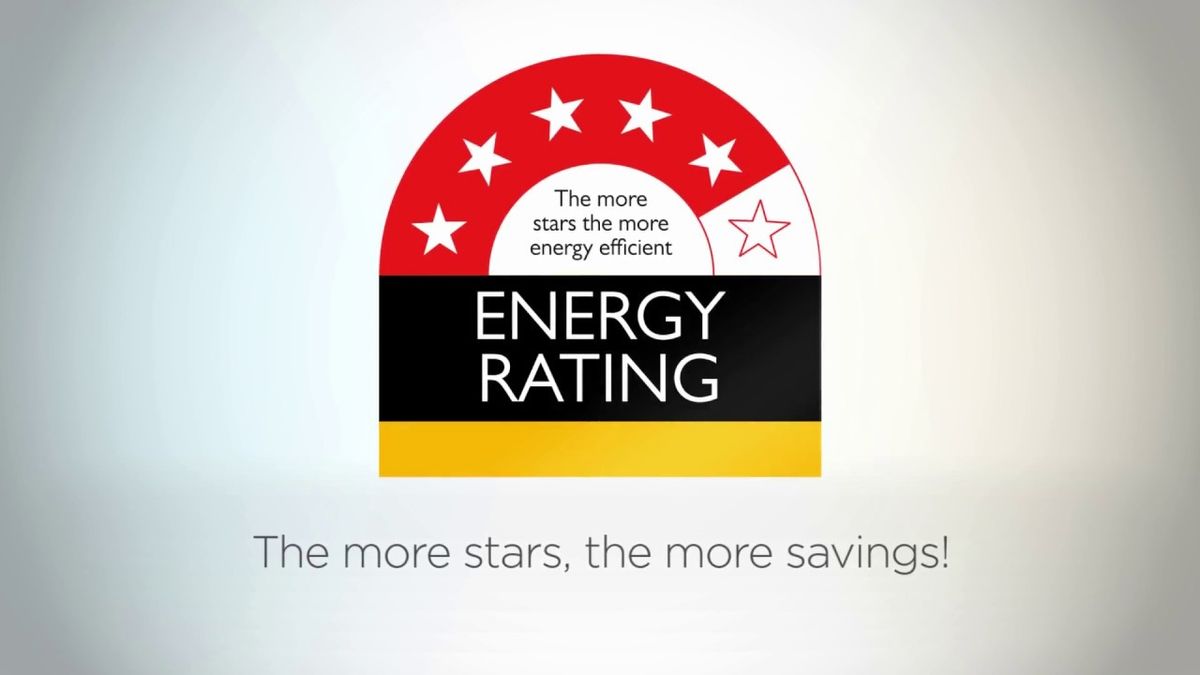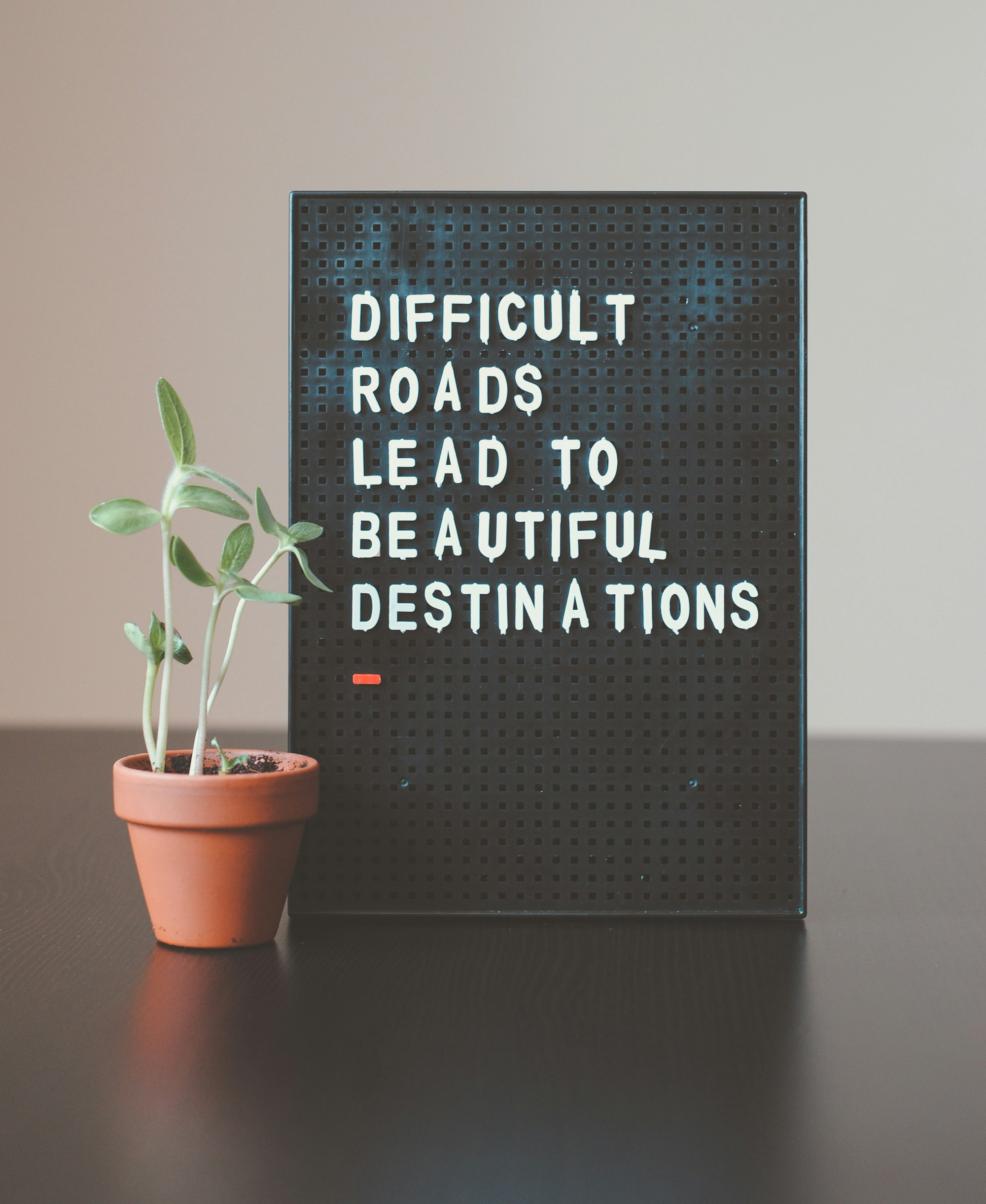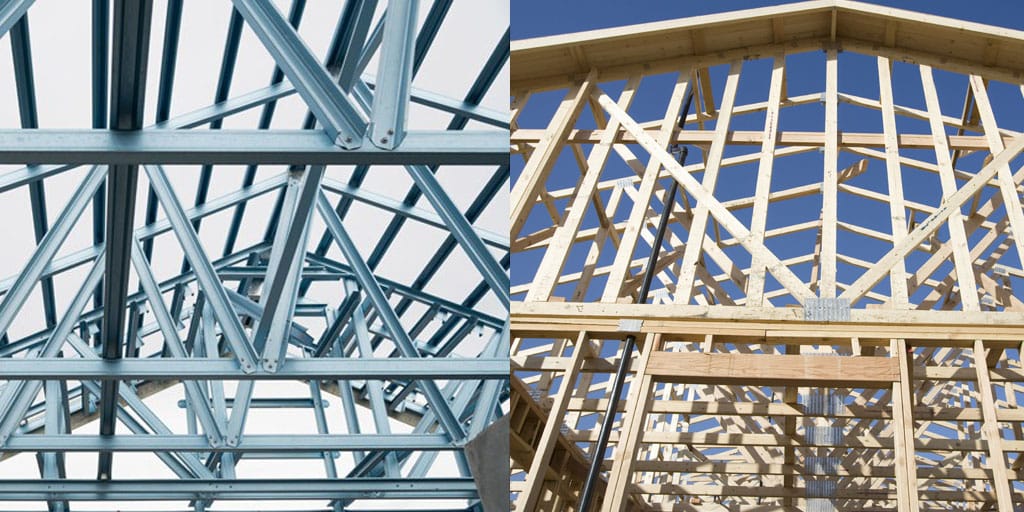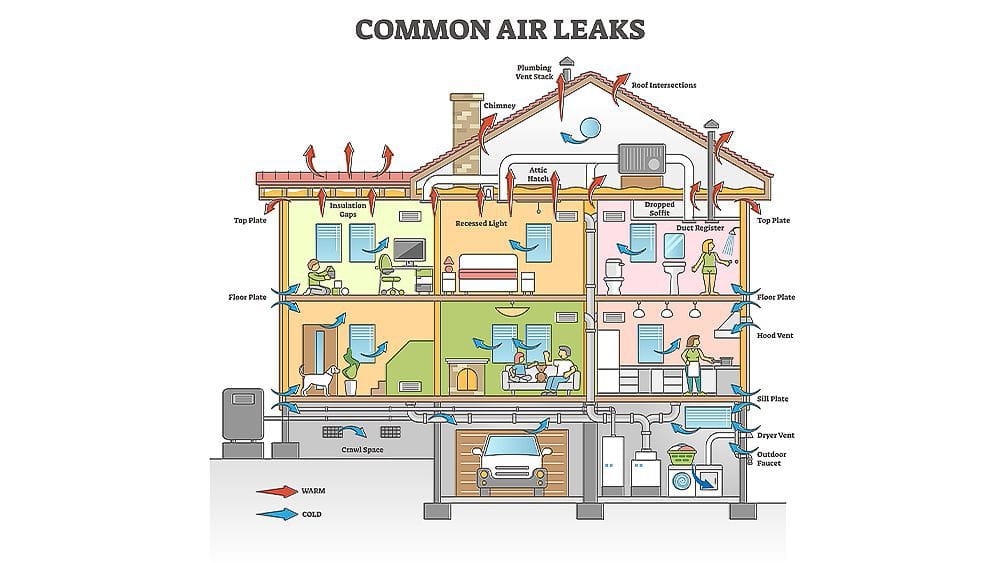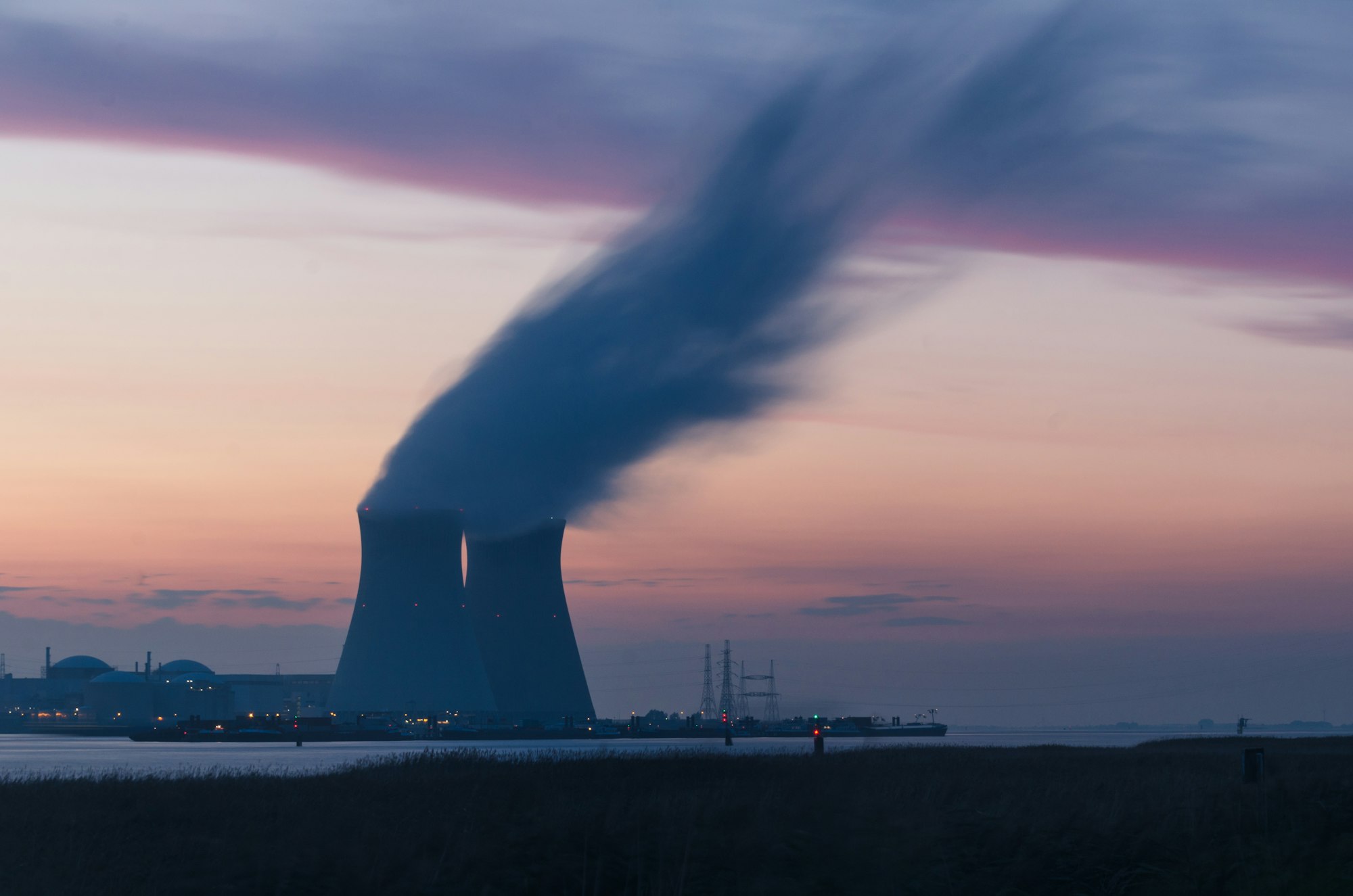Do you want to build a more sustainable future and reduce your environmental impact?
If so, you'll be pleased to learn that there are a plethora of new environmentally friendly materials and techniques for green building available.
There has never been a better time to explore the latest innovations in sustainable construction, from recycled materials to energy-efficient designs.
I've had the pleasure of working with many clients who are committed to green building as a highly skilled assistant specialising in digital marketing and content writing. I've gained valuable insights into the latest trends and techniques in sustainable construction through extensive research and collaboration with experts in the field.
In this article, I'll discuss some of the most exciting developments in green building, such as cutting-edge materials and techniques that can help you reduce your carbon footprint while also creating a healthier living environment.
So, whether you’re a homeowner, architect, or builder, read on to discover the latest developments in sustainable construction.
The Advantages of Green Building
Green building, also known as sustainable building, is a practise in design and construction that prioritises environmental sustainability and energy efficiency.
Green building has numerous advantages, including lowering your carbon footprint, improving indoor air quality, and saving money on energy bills.
In fact, studies have shown that green buildings can reduce energy consumption by up to 30%, CO2 emissions by up to 35%, and water usage by up to 50%.
Green buildings can boost property values, enhance occupant health and productivity, and demonstrate a commitment to sustainability and social responsibility.
Materials for Sustainable Construction
Using sustainable building materials is a key part of green construction. These materials are non-toxic, eco-friendly, and often made from recycled or renewable resources.
Biodegradable and recyclable materials are two of the most exciting developments in sustainable building materials.

Materials That Degrade
Biodegradable materials are those that can be naturally broken down by micro-organisms such as bacteria and fungi. These materials, which are frequently made from renewable resources such as plant-based fibres and starches, can be used for a variety of applications such as insulation, packaging, and building materials.
Hempcrete, a biodegradable building material made from hemp fibres and a lime-based binder, is a popular example. Hempcrete is a lightweight, breathable material with excellent insulation properties, making it an ideal material for green building.

Materials That Can Be Recycled
After their initial use, recyclable materials can be reused or repurposed. These materials are frequently made from recycled or renewable resources and can be used for a variety of purposes such as insulation, roofing, and flooring.
Recycled steel is a well-known example of a recyclable building material, used in framing, roofing, and siding. It’s durable, non-toxic, and infinitely recyclable, making it an excellent choice for green construction.
Techniques for Conserving Energy
The use of energy-efficient techniques is another important aspect of green building. These techniques are intended to reduce energy consumption and improve energy efficiency, resulting in a lower carbon footprint and lower energy bills.
Passive solar design, green roofs and walls, and water conservation techniques are among the most effective energy-saving techniques.

Solar Passive Design
Passive solar design is a method of heating and cooling a building that makes use of the sun's natural energy. Using features such as large windows, thermal mass, and shading devices, this technique involves designing a building to take advantage of the sun's natural heat and light.
You can reduce your energy consumption and improve the efficiency of your building by using passive solar design, ultimately saving money on heating and cooling costs.

Green Walls and Roofs
Green roofs and walls are another effective energy-saving strategy. Green roofs are constructed by covering a roof with vegetation, which absorbs rainwater, reduces heat absorption, and improves air quality.
Green walls are created by covering a wall with plants, helping to reduce heat absorption and improve air quality. Both green roofs and green walls can lower your carbon footprint, boost energy efficiency, and promote a healthier living environment.

Techniques for Water Conservation
Water conservation techniques are an important part of green building. These techniques are intended to reduce water consumption and promote water efficiency, lowering your water bill and conserving this valuable resource.
Rainwater harvesting, greywater recycling, and low-flow fixtures are some of the most effective water conservation techniques. Rainwater harvesting is the collection and storage of rainwater from your roof for later use, such as watering your garden or flushing your toilet.
Greywater recycling is the practise of reusing water from sinks, showers, and washing machines for non-potable purposes such as watering a garden or flushing the toilet. Low-flow fixtures, such as low-flow toilets and showerheads, can also help you save water and save money.
LEED Accreditation
LEED (Leadership in Energy and Environmental Design) certification is a globally recognised green building certification programme.
This programme offers a range of certification levels based on a building's sustainability performance and provides a framework for designing, constructing, and operating green buildings.
LEED certification can help you show your commitment to sustainability and social responsibility while also increasing the value and marketability of your building.
Trends in Green Building
As the demand for sustainable construction grows, new trends and innovations emerge in the industry.
The use of smart technology, such as automated lighting and energy management systems, and the incorporation of nature into building design, such as incorporating natural light and green spaces, are two of the most recent green building trends.
Furthermore, there is growing interest in using 3D printing technology for sustainable construction, which can reduce waste and allow for the creation of complex geometries and shapes.
Conclusion
Building green is no longer a passing fad, but rather a necessary step towards a more sustainable future.
You can reduce your environmental impact, improve your building's efficiency, and create a healthier living space by using sustainable building materials, energy-efficient techniques, and pursuing LEED certification.
As new innovations and trends in the field of sustainable construction emerge, there has never been a better time to investigate the latest developments and begin building green.
